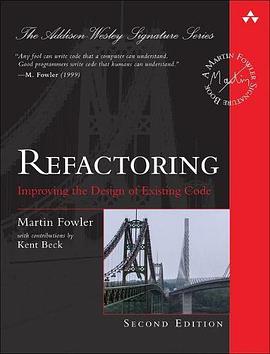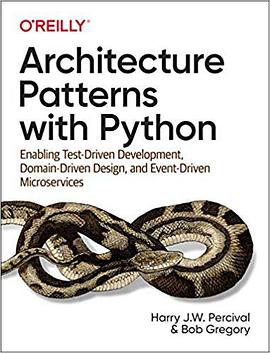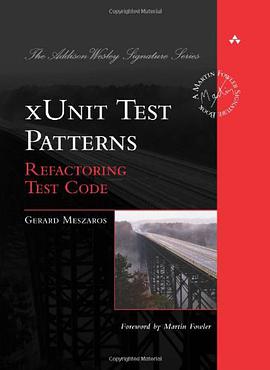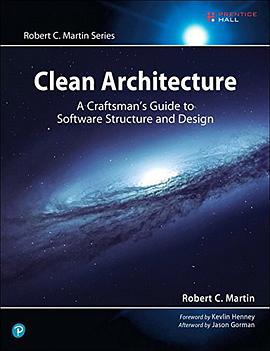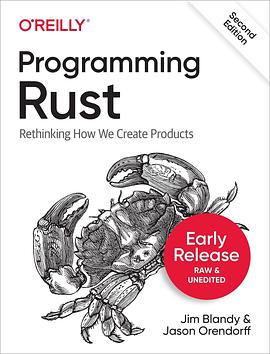Refactoring 豆瓣 Goodreads
作者:
Martin Fowler
Addison Wesley
2018
- 11
其它标题:
Refactoring: Improving the Design of Existing Code
Refactoring is about improving the design of existing code. It is the process of changing a software system in such a way that it does not alter the external behavior of the code, yet improves its internal structure. With refactoring you can even take a bad design and rework it into a good one. This book offers a thorough discussion of the principles of refactoring, including where to spot opportunities for refactoring, and how to set up the required tests. There is also a catalog of more than 40 proven refactorings with details as to when and why to use the refactoring, step by step instructions for implementing it, and an example illustrating how it works The book is written using Java as its principle language, but the ideas are applicable to any OO language.
Features
The first update to a classic that is the standard reference for refactoring in over 15 years
Enhanced, web-based features including interactive examples, video snippets, code highlighting
Extensive use of JavaScript examples
New to This Edition
Martin Fowler is retaining everything that made Refactoring one of the world’s most popular and influential computer books, while updating with JavaScript examples throughout (to address many programmers’ current preferences) and reflecting today’s programming paradigms. The book’s catalog of individual refactorings has been updated, revised, and expanded.
Features
The first update to a classic that is the standard reference for refactoring in over 15 years
Enhanced, web-based features including interactive examples, video snippets, code highlighting
Extensive use of JavaScript examples
New to This Edition
Martin Fowler is retaining everything that made Refactoring one of the world’s most popular and influential computer books, while updating with JavaScript examples throughout (to address many programmers’ current preferences) and reflecting today’s programming paradigms. The book’s catalog of individual refactorings has been updated, revised, and expanded.
